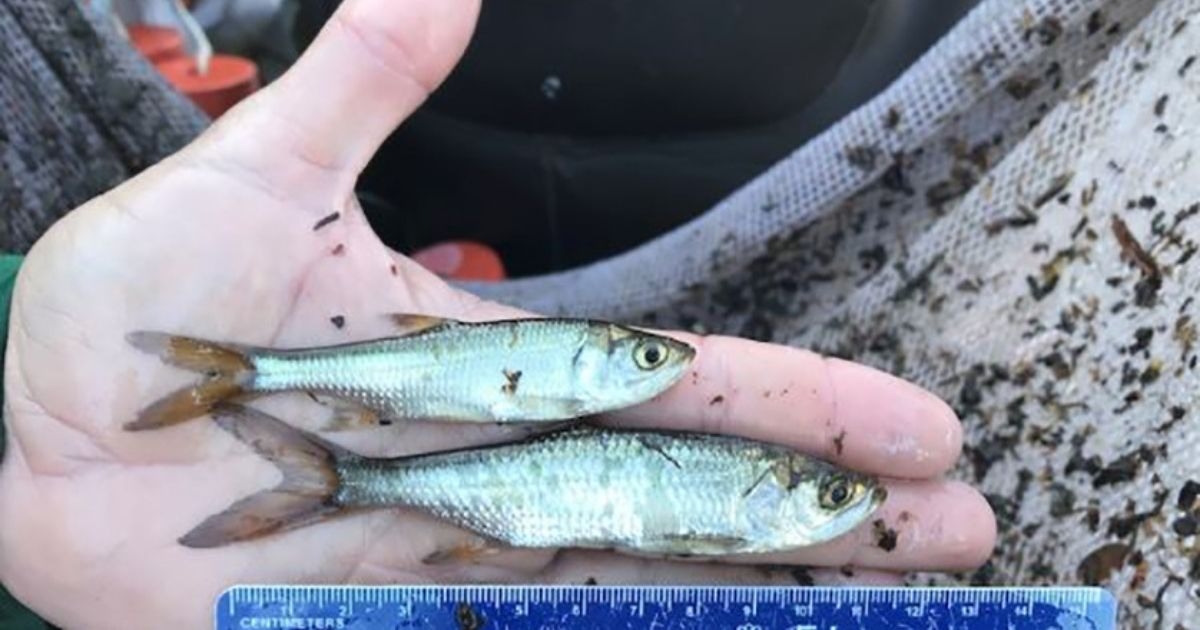NOAA Awards $2.3 Million to Study Gulf of Mexico Natural Resource Management

The NOAA RESTORE Science Program has awarded $2.3 million to 20 project teams in the Gulf of Mexico to collaboratively scope and design research that will inform future decision makers on how to better manage marine mammals, shorebirds, barrier islands, and fisheries in the region.
Each project, slated to begin this month, is designed to be an investment in the future of applied science, and ultimately, the sustainability of the Gulf of Mexico ecosystem.
“These awards highlight NOAA’s commitment to producing relevant and high-quality science that supports the management and sustainability of the Gulf of Mexico ecosystem,” said Nicole LeBoeuf, director of NOAA’s National Ocean Service. “Through these projects, we hope to gain a better understanding of how science can support decision makers as they manage the evolving economic, environmental, and social pressures on the fisheries, ecosystems, and communities in the Gulf of Mexico, especially in the context of a rapidly changing climate.”
A total of 56 organizations will participate across the 20 projects, with representatives from universities, government agencies, non-governmental organizations, and the private sector. Each team includes at least one natural resource manager who will work side-by-side with researchers throughout the project.
Projects were selected following a rigorous and competitive process that included a review by a panel of outside experts. Selected projects will receive one year of funding. The NOAA RESTORE Science Program plans to announce another competition next year that will offer funding to execute and apply actionable science in the Gulf of Mexico.
“Research funded by the Science Program directly supports and informs decisions about how natural resources are managed in the Gulf of Mexico,” said Julien Lartigue, director of the NOAA RESTORE Science Program. “By funding collaborative teams of scientists and resource managers, these awards will ensure that research findings and products are applied to management needs in the region.”
This funding is provided through the RESTORE Act, also known as the Resources and Ecosystems Sustainability, Tourist Opportunities, and Revived Economies of the Gulf Coast States Act, that authorized NOAA to establish and administer a Gulf Coast Ecosystem Restoration Science, Observation, Monitoring, and Technology Program.
The Science Program is funded by 2.5% of the Gulf Coast Restoration Trust Fund, which was established by the RESTORE Act. The Trust comprises 80% of the Clean Water Act civil penalties recovered from parties responsible for the Deepwater Horizon oil spill. The program also receives 25% of any interest accrued from funds deposited into the Trust. Collectively, the fines will result in at least $133 million in funding for the NOAA RESTORE Science Program.
The mission of the NOAA RESTORE Science Program is to increase understanding of the Gulf of Mexico ecosystem, including its fisheries, and to support its restoration and sustainability through research, observation, monitoring, and technology development.

